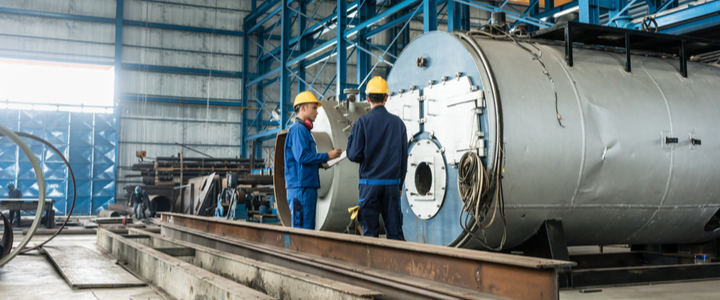Safety should always be a top priority in the workplace. By proactively identifying and mitigating potential risks, businesses can protect their employees, assets, and reputation. Today on the blog, we’ll provide a quick guide to risk management in the workplace, helping you create a safer work environment for everyone.
Understanding Risk Management
Risk management in the workplace refers to the systematic process of identifying, assessing, and mitigating potential risks or hazards that could impact the safety, health, or operations of employees and the organization as a whole.
Risk management is crucial because it helps organizations protect their employees, assets, and reputation. It also ensures compliance with safety regulations and minimizes financial losses.
Identifying Risks
In the workplace, various types of risks can pose potential threats to employees, assets, and the overall operational integrity of an organization.
- Physical Hazards: These include slippery floors, faulty equipment, and inadequate lighting. Regular inspections can help spot these hazards.
- Health Hazards: These may include exposure to chemicals, poor air quality, or ergonomic issues. Implementing proper safety protocols and training is crucial.
- Operational Risks: These can result from human error, equipment failure, or process flaws. Training, maintenance, and process improvements can reduce these risks.
Assessing Risks
Once you’ve identified potential risks, assess them by considering their:
- Likelihood: How probable is it that the risk will occur?
- Consequences: What are the potential impacts, such as injuries, downtime, or financial losses?

Risk Management Strategies and Tips
Risk management strategies create a safer, more secure work environment, protecting employees and the organization from potential risks and liabilities. When integrated into an organization’s safety culture, these practices promote ongoing risk reduction and overall well-being.
1. Safety Training
Safety training involves educating employees about potential workplace hazards, safety protocols, and the proper use of safety equipment; It gives employees the knowledge and skills to identify, prevent, and respond to risks. Comprehensive safety training programs can significantly reduce the likelihood of accidents in the workplace.
2. Emergency Response Plans
Emergency action plans outline how an organization will respond to various emergencies, such as fires, natural disasters, or chemical spills. These plans include evacuation procedures, communication protocols, and responsibilities during an emergency. Having well-defined plans in place ensures that employees know what to do in critical situations, minimizing panic and reducing workplace injuries.
3. Regular Inspections and Third-Party Audits
Regular inspections involve systematically evaluating the workplace for potential hazards, ensuring that safety measures are in place and equipment is well-maintained. Third-party safety audits conducted by external experts provide an unbiased assessment of the organization’s safety practices. Combining regular inspections and third-party safety consulting company audits helps identify risks, weaknesses, and areas for improvement, ensuring a proactive approach to risk management.
4. Incident Reporting and Investigation
Incident reporting and investigation processes are crucial for learning from accidents, near misses, and safety incidents. When an incident occurs, employees should report it promptly, and a thorough investigation should follow. This includes determining the root causes, assessing the impact, and implementing corrective actions to prevent similar incidents in the future. Effective incident reporting and investigation help in continuous risk reduction.

5. Employee Involvement
Employees are at the core of risk management. Encouraging their active involvement in safety committees, hazard identification, and solution development creates a culture of safety. Employees are often closest to the daily operations and can give valuable insights into potential risks and solutions. Engaging them in the risk management process leads to a safer workplace.
6. Safety Equipment and Gear
Providing employees with appropriate safety equipment and personal protective gear is essential for mitigating risks. Safety equipment, such as helmets, gloves, goggles, or hearing protection, is designed to reduce the severity of injuries or prevent them altogether. Ensuring employees use this gear consistently is a fundamental aspect of risk management.
7. Legal Compliance
Compliance with local, state, and federal safety regulations is non-negotiable. Legal compliance ensures that the organization meets minimum safety standards, reducing the risk of penalties, fines, and legal liabilities. Staying informed about changes in safety laws and regulations is essential to maintaining compliance.
Contact Our Houston, TX Safety Experts Today!
Ready to take workplace safety to the next level? Explore Safety by Design’s top-notch safety training and risk management services. Let’s make your workplace safer, one step at a time. Remember — safety is an ongoing effort, and regular reviews and improvements are key to success. Prioritizing risk management not only ensures compliance with regulations but also fosters a culture of safety that benefits everyone in the organization.



